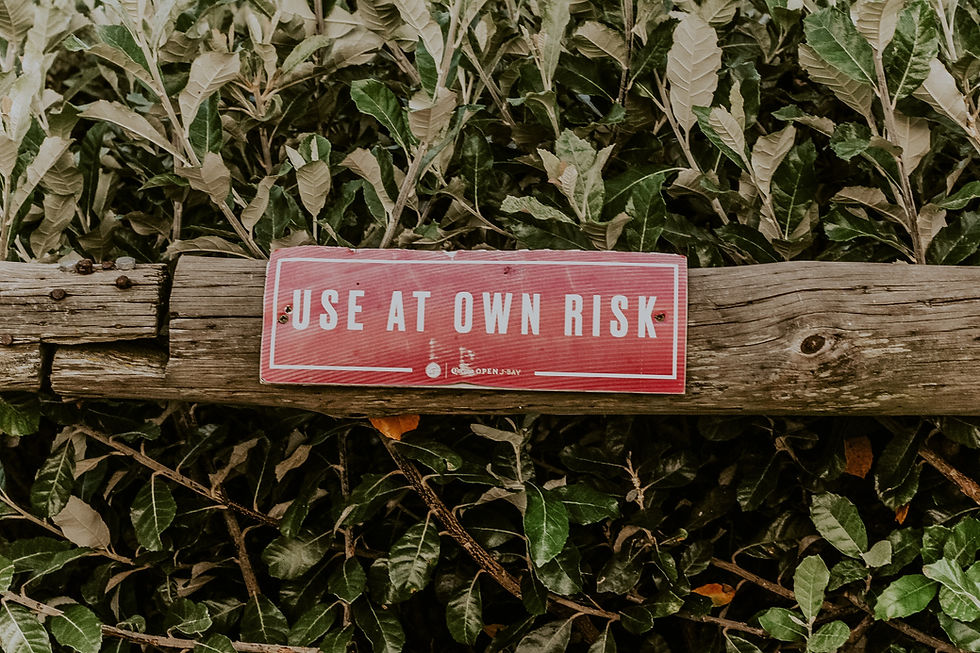How Interest Rates Impact Your Rental Profits
- Mar 19
- 4 min read
Updated: Apr 7

When it comes to real estate investing and interest rates, they can make or break your profitability. Whether you’re financing a rental property mortgage or refinancing an existing loan, even a small fluctuation in interest rates can have a significant impact on your property cash flow, return on investment (ROI), and overall strategy.
So, how exactly do investment property financing costs affect your investment property’s profitability? Let’s break it down.
1. Higher Interest Rates = Higher Monthly Mortgage Payments
The most obvious impact of rising rental property mortgage interest rates is increased borrowing costs. If you have a loan on your investment property, a higher interest rate means a higher monthly mortgage payment—cutting directly into your rental income and cash flow.
Example:
Suppose you obtain a $300,000 loan with a 4% interest rate. Your monthly payment for principal and interest (excluding taxes Hereand insurance) would be approximately $1,432.
If the interest rate rises to 6%, your payment increases to $1,799, which is an additional $367 per month or $4,404 annually from your budget.
How to Offset It:
Increase rent (if the market allows) to maintain your profit margin. Rental market trends can help guide your decision.
Consider a longer loan term an compare mortgage options to reduce monthly payments such as the competitive rates here.
Shop around for competitive rental property mortgage rates before financing.

2. Interest Rates Impact Cash Flow & ROI
How do interest rates affect rental property cash flow? Cash flow—the lifeblood of any rental property—depends on the difference between your rental income and expenses. Higher rates shrink the gap between rental income and expenses, reducing your ROI on rental properties.
Cash Flow Example:
Rent Collected: $2,500/month
Mortgage (at 4% interest): $1,432
Cash Flow: $1,068/month
Now, with a 6% mortgage interest rate:
Mortgage Increases to: $1,799
Cash Flow Drops to: $70 Here1/month
That’s a 34% decrease in monthly cash flow! Over time, this can significantly reduce your ROI and investment growth.
How to Protect Your ROI:
Lock in fixed-rate loans when rates are low. Learn about fixed vs. adjustable-rate mortgages.
Refinance strategically when rates drop.
Look for higher-yield properties that generate strong rental property cash flow.
"Whether rates are rising or falling, savvy investors adapt their strategies to stay profitable."
3. Higher Interest Rates Can Slow Property Appreciation
When interest rates rise, buyer demand decreases because higher borrowing costs make homes less affordable. Slower demand = slower appreciation. If property values stagnate or drop, it could affect your ability to sell or leverage your equity in the future.
How to Adapt:
Focus on rental property cash flow, not just appreciation. Here is why you need both.
Buy in high-demand rental markets that remain strong even in high-rate environments such as the markets listed here from Rocket Mortgage.
Consider shorter-term investments like fix-and-flips while waiting for better real estate investing and interest rate conditions.
Turn inward and improve and upgrade the proprities you do have.

4. Refinancing Becomes Less Attractive
Many investors refinance to lower monthly payments, tap into equity, or secure better loan terms. But when interest rates are high, refinancing can actually increase your costs instead of reducing them.
When to Refinance:
If current mortgage rates are lower than your existing mortgage rate.
If you can refinance into a shorter loan term while keeping payments manageable. Here’s how 15-year vs. 30-year loans compare.
If you need to pull equity for another real estate investment but can still maintain strong rental property cash flow.

5. Investment Strategies Shift with Interest Rates
Smart investors adjust strategies based on interest rate changes to optimize returns and manage risk. Low rates boost borrowing and spending while rising rates increase borrowing costs, slowing growth.
In a High-Rate Environment:
Focus on cash-flowing properties that can handle higher borrowing costs.
Consider creative financing options (seller financing, partnerships, private lending) such as the financing stratgies listed indepth here.
Explore multi-family units or short-term rentals that generate higher income.
In a Low-Rate Environment:
Lock in long-term, fixed-rate financing.
Scale your portfolio aggressively while borrowing is cheap.
Look for value-add properties that appreciate over time.
Enjoying the Article?
Who is Ricardo? ...about the Author.
Final Thoughts
Interest rates are a crucial factor in real estate investing, influencing everything from cash flow and ROI to property appreciation and refinancing opportunities. Whether rates are rising or falling, savvy investors adapt their strategies to stay profitable.
Locking in low rates, focusing on high-yield properties, and leveraging creative financing can help you navigate changing market conditions. By staying informed and proactive, you can protect your investments and maximize long-term returns—no matter where rental property mortgage interest rates land.
Related: To Pay-Off the Mortgage or Not?
Did you find this article helpful? Did you enjoy it?

About the Author Ricardo Reis - Learn About Ricardo
Entrepreneur, Inventor, Investor, Military Veteran. Ricardo is a member of G3 Management & Investments a division of Great Lakes Real Estate and a real estate professional. He is a real estate professional and a successful real estate investor for over 15 years.
NOT INVESTMENT, FINANCIAL, LEGAL, TAX, OR OTHER ADVICE: This blog is for informational purposes only and not a substitute for professional advice. We do not offer advice, solicitation, recommendations, or endorsements. You are solely responsible for evaluating the information's merits and risks. Always consult a qualified professional before acting.

